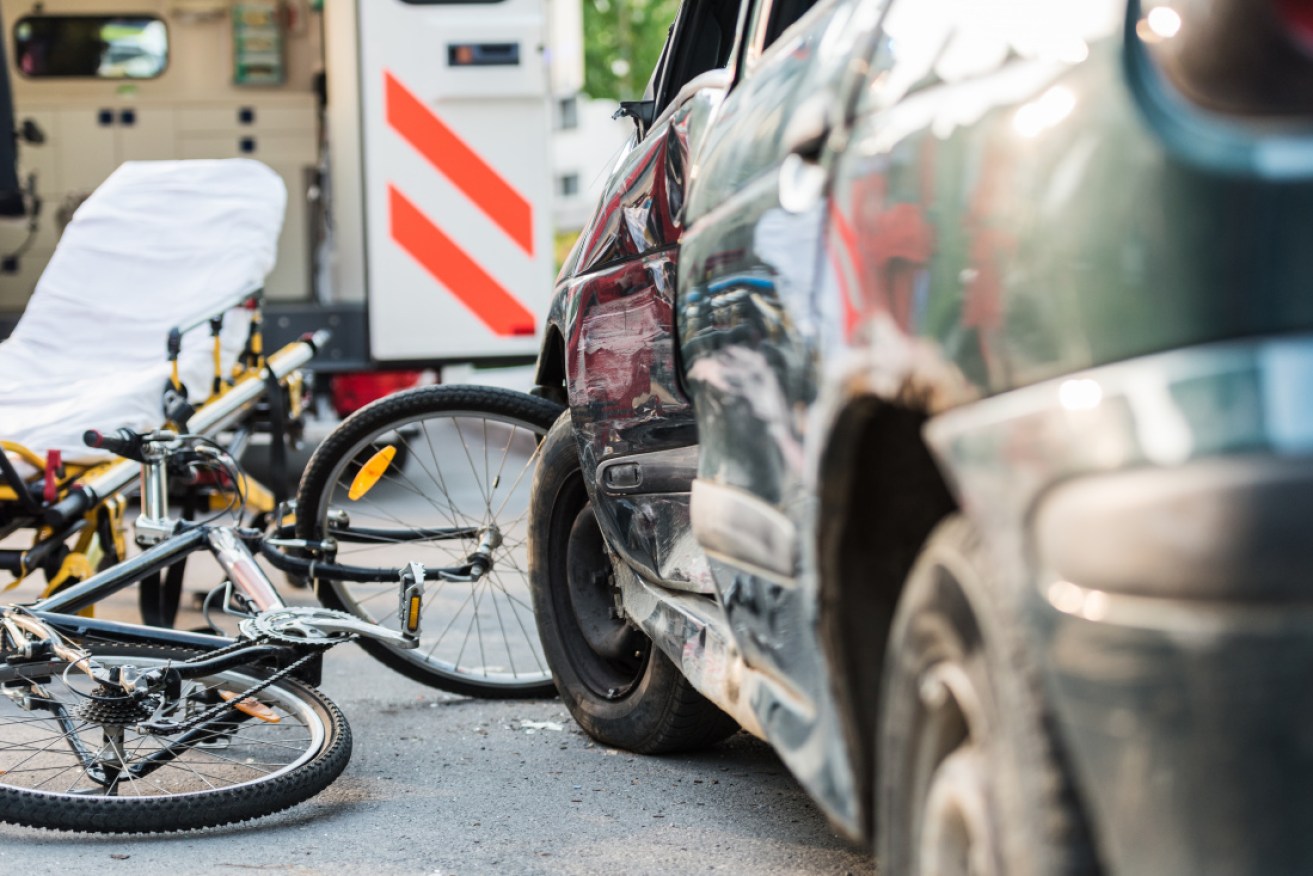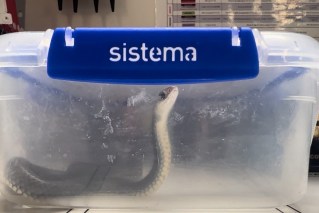Hate crime: More than half the population view cyclists as less than human


One in 10 motorists confess to cutting off cyclists. One in six deliberately block cyclists. Photo: Getty
Is it really the case – as has been widely reported – that more than half the population looks upon cyclists as being less than human?
According to a pilot study – a joint project from the Queensland University of Technology, Monash University and The University of Melbourne – this is an attitude voiced not only by drivers of trucks and cars, but by some cyclists as well.
And if this is the case, are we headed toward a situation where violence against cyclists could be framed as a hate crime?
Short version: Maybe.
The new research paper, Dehumanisation of cyclists predicts self-reported aggressive behaviour toward them found cyclists have been conceptualised as a minority group and a target of negative attitudes and behaviour.
The report follows the figures that show cyclist death rates have almost double year to year.
There were 45 cyclist deaths in 2017-18. The total for the previous year was 25 deaths.
It’s unclear if the figure markedly increased because there were more cyclists riding on roadways, or if there was something more sinister at play.
But it’s the numbers that tell the story
The study – involving 442 respondents in Victoria, New South Wales and Queensland – found one in six participants (17 per cent) had used their car to deliberately block a cyclist; one in 10 (11 per cent) had deliberately driven their car close to a cyclist; and nearly one in 10 (9 per cent) had used their car to cut off a cyclist.
Why do so many people risk their own liberty to essentially assault other human beings on the road?

A study finds cyclists are perceived as less than human – at a time when the number of cyclists killed on the roads has spiked in the last year. Image: Monash University
The study used what’s known in social psychology as the Kteily tool – a simple and apparently powerful device where various groups are ranked in their progress on the Ascent of Man pictograph that illustrates various stages of human evolution from knuckle-dragging ape to upright sophisticate.
It has been commonly used to assess how test subjects rank different ethnic and racial groups – be they Muslims, Arabs, Europeans, Mexicans, Chinese and (North) Americans – as fully evolved humans. Or not.
The latter instance is known as dehumanisation – and it appears to be getting an unhealthy workout in a polarised socio-political landscape.
And that includes traffic
Participants in the study were given either the iconic evolution of ape-to-man image, or a variation showing the stages of evolution from cockroach to human.
Lead author Dr Alexa Delbosc, senior lecturer in the Institute of Transport Studies at Monash University, in a prepared statement said the insect-human scale was designed for the study because of the many informal slurs against cyclists comparing them to “cockroaches” or “mosquitoes”.

A variation of the Kteily tool, a social psychology device that tests dehumanising attitudes. Image: Monash University
It made no difference: On both ape-human and insect-human scales, 55 per cent of non-cyclists and 30 per cent of cyclists rated cyclists as not completely human.
Nick Haslam is Professor of Psychology at the University of Melbourne with a research interest in social relationships and social psychology – and was involved in designing the study.
Do the results suggest attacking cyclists could be construed as a hate crime?
“My understanding is that hate crime has to involve group-based animosity, and much of the animus towards cyclists is individualised rather than group-based – for example, running a cyclist off the road because of their perceived behaviour rather than because of their identity as a member of the cyclist tribe,” he said, in an email responding to questions.
However, he said it was clear there was group-based animosity towards cyclists, and that there was an intergroup dynamic between some drivers and some cyclists.
“It’s clear some drivers do have a strong prejudice against cyclists. I don’t think you need dehumanisation of a group before you declare it to be the target of hate crimes: You just need strong negative attitudes,” he said.
“But finding that a substantial proportion of drivers blatantly – even if non-literally – judge cyclists to be not 100 per cent human is consistent with the idea that they could be a target of hate crime.”
Co-author of the paper CARRS-Q Centre Director Narelle Haworth suggests the solution, in part, may involve with doing away with the term cyclist, which too many people view with negative connotations.
“Let’s talk about people who ride bikes rather than cyclists because that’s the first step towards getting rid of this dehumanisation,” she said in a prepared statement.
Professor Haslam told The New Daily: “To me the key message is that some people judge some other people as lesser humans – probably flippantly in most cases and not literally seeing them as non-human – and we know this disinhibits aggressive and otherwise unpleasant interpersonal behaviour.
“It should be a reminder to treat all humans with basic respect.”








